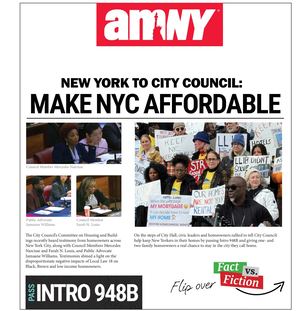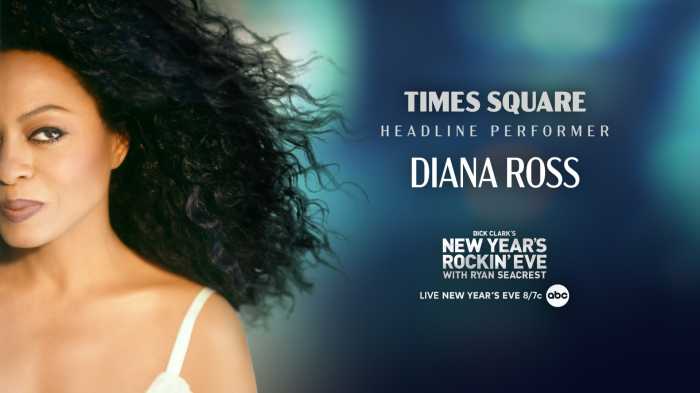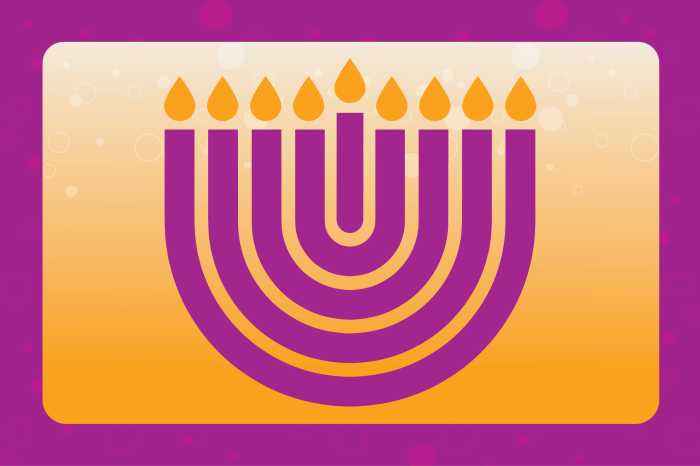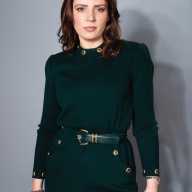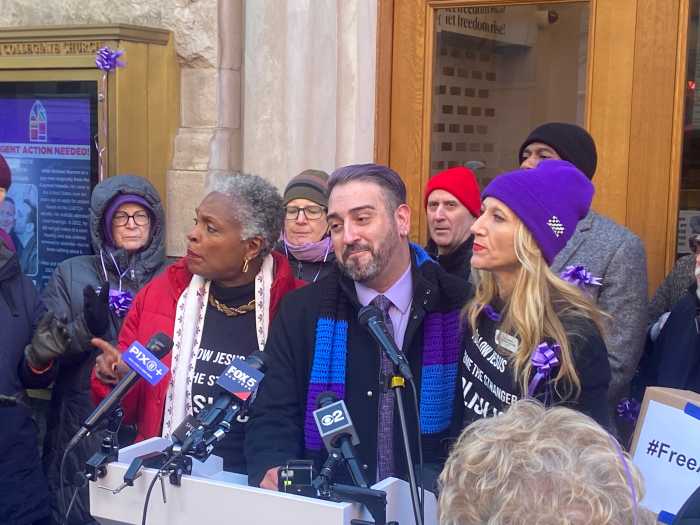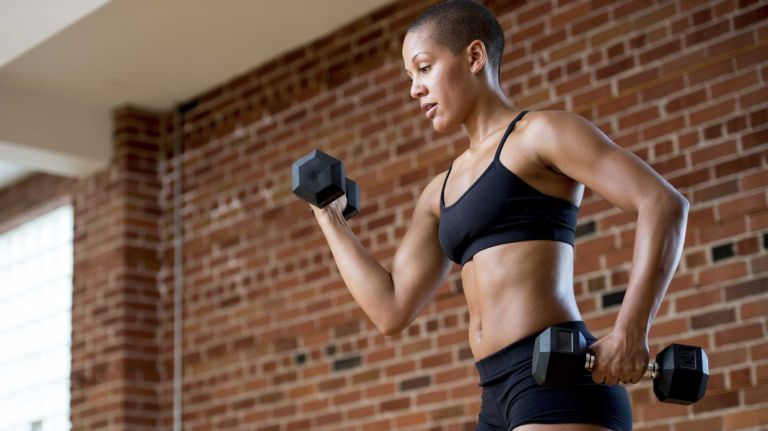
Is your sports bra up to snuff?
“[A] sports bra can make or break a workout,” says Rebecca duRivage-Jacobs, bra product line manager for Brooks Running. “The right fit means the sports bra is working with your body. You feel comfortable, supported and are confident to take on your next workout.”
The wrong fit becomes a problem when you’re discouraged from working out because of discomfort, says Wendy Winn, founder of New York Custom Physical Therapy.
“The biggest issue women have is vertical breast displacement,” Winn says. “The higher that is, the more discomfort a woman has when she’s working out.”
Most bras today are crafted to be lightweight, breathable and seamless, which is key to comfort. But from shape to straps, there are plenty of choices to make. Here’s what to keep in mind:
Bottom band fit
This may be the most important factor of your sports bra. “The bottom band of any bra is the foundation of support. Think of it as your suspension bridge — if it is not secure, you will not feel adequately supported,” duRivage-Jacobs explains. “The bottom band should provide a comfortable tension that stays nicely in place and does not ride up.”
Cup size
The better the cup fits, the better the support and the more natural shape you’ll get, duRivage-Jacobs says. “Spilling at the neckline or armhole can lead to discomfort and irritation and usually means the cups are too small,” she says. “Any gapping in the same areas where the cup is not sitting against the breast can mean the cup may be too large.”
Shoulder strap tension
Whether the straps are adjustable or self-adjust, they should be tight — but not too tight. “Straps should have a comfortable tension so that they stay in place on the shoulder without digging in or falling off,” duRivage-Jacobs says.
Racerback vs. vertical straps
Racerback or cross-back straps, which are in an X-shape, are typically more supportive than vertical straps, Winn notes.
Compression vs. encapsulation
Typically, sports bras are either compressive — your standard sports bra that compresses the breasts against the body — or encapsulation, which are more like regular bras with individual cups. Which one works best for you depends on your size and activity. Encapsulation are typically recommended for higher impact workouts for women with larger breasts.
Have at least three sports bras
“Not only will this give her options for different outfits and workouts, but rotating them can extend the life of each sports bra,” duRivage-Jacobs says. “Not to mention, your size and shape can fluctuate over time. It’s great to get measured regularly to ensure you are in getting the best fit from your sports bras.”
When it’s time to say goodbye
Like any item of clothing, sports bras need to be replaced. “Pay attention to key signals such as stretched bottom band and straps, faded tags, possible chafing spots and a less-than-fresh scent are all signs it’s time to replace your sports bra,” duRivage-Jacobs says.
